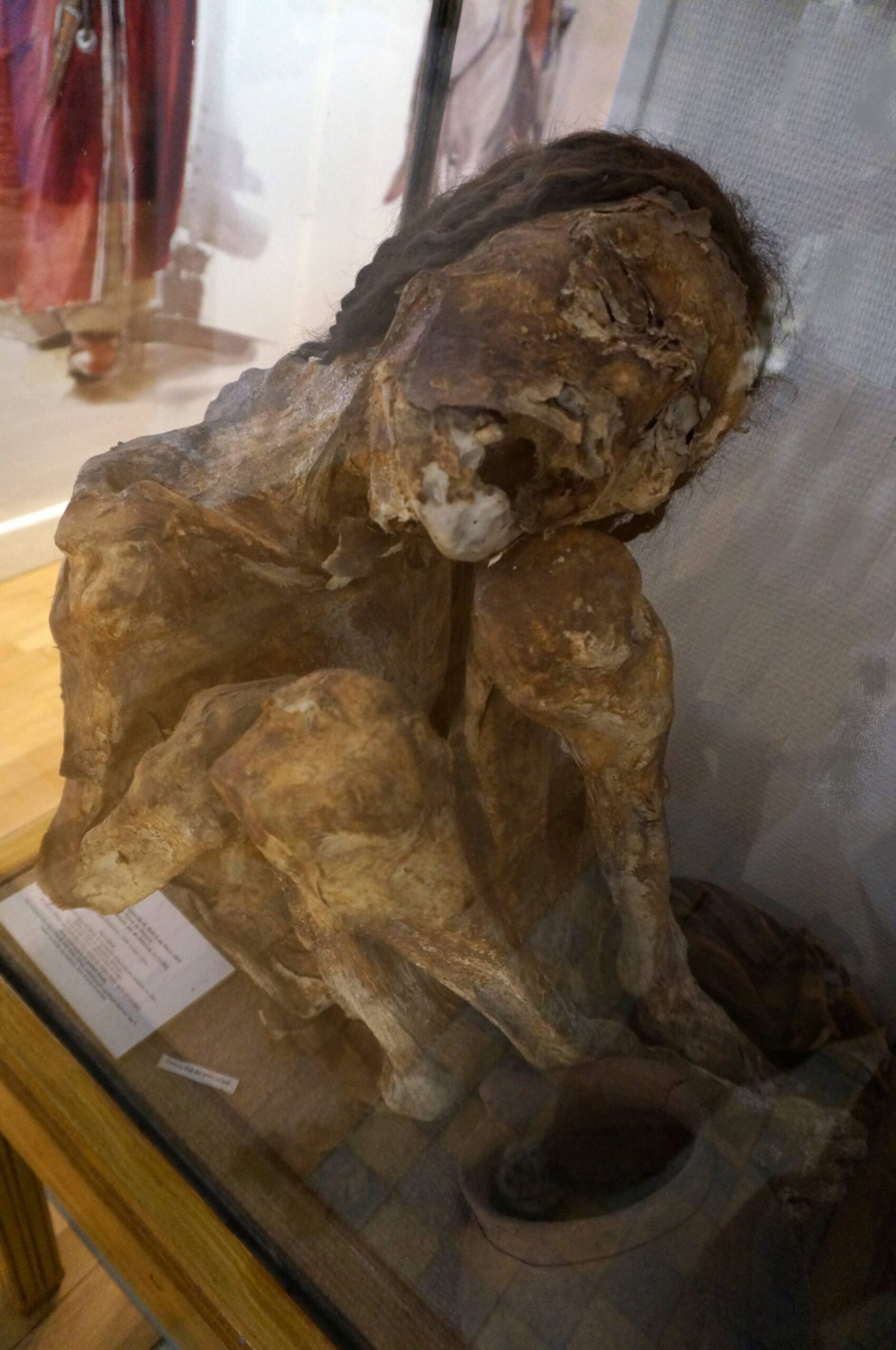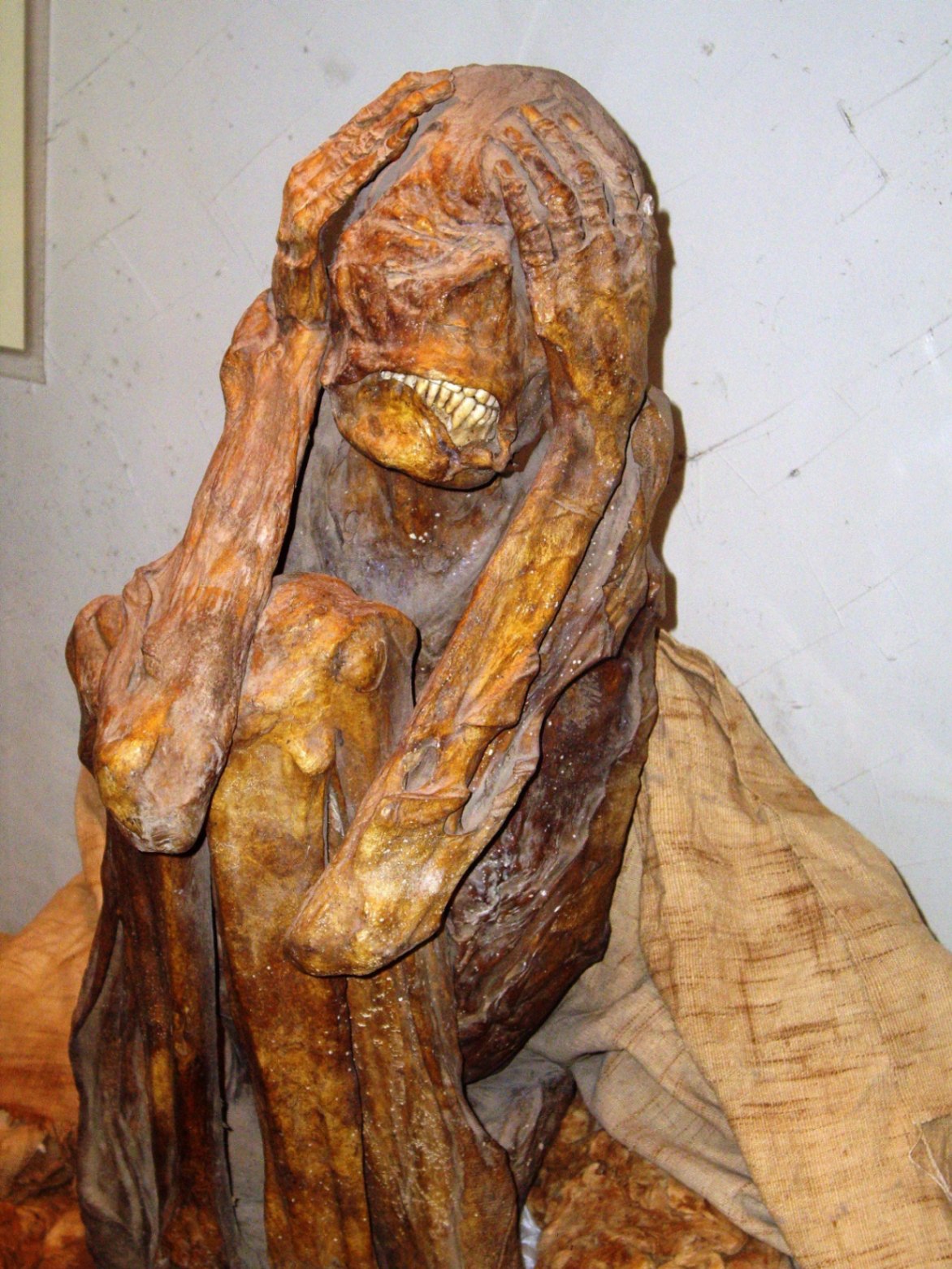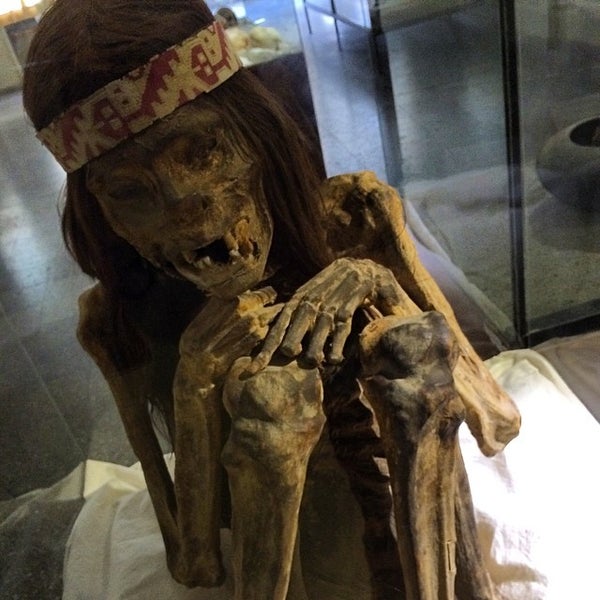The Paracas culture, which thrived in what is now modern-day Peru from around 800 to 200 BC, offers a fascinating glimpse into the art, medicine, and mummification practices of ancient times. This ancient civilization, known for its intricate textiles and remarkable burial traditions, has left behind a rich cultural legacy that continues to captivate researchers and enthusiasts.

The Paracas people were skilled artisans, known for their exceptional textile work. Elaborate and finely woven textiles, adorned with intricate patterns and vibrant colors, were a hallmark of their artistic expression. These textiles not only showcased their mastery of weaving techniques but also served as a means of communication, conveying narratives and societal symbols.

In addition to their artistic achievements, the Paracas culture demonstrated advanced medical knowledge. Cranial trepanation, a surgical procedure involving the drilling or cutting of holes in the skull, was practiced by the Paracas people. Archaeological evidence suggests that they performed this procedure for various reasons, including treating head injuries and relieving intracranial pressure.

Mummification was also a significant aspect of Paracas culture. They developed complex funerary practices that involved the preservation of the deceased. The mummies of Paracas, characterized by their elongated skulls, were meticulously wrapped in layers of textiles, preserving not only the physical remains but also the cultural identity of the individuals.
The Paracas culture’s burial traditions reflect their beliefs in an afterlife and the continuity of existence beyond death. Grave goods, such as pottery, jewelry, and tools, were placed alongside the deceased, serving as provisions for the afterlife and indicating their social status and personal identity.

The study of the Paracas culture provides valuable insights into the artistic, medical, and funerary practices of ancient times. It offers a glimpse into the sophisticated knowledge and skills of this civilization, showcasing their ingenuity, creativity, and reverence for life and death.
Through the exploration of Paracas artifacts, burial sites, and mummified remains, researchers and historians continue to unravel the mysteries surrounding this fascinating culture. Their discoveries contribute to our understanding of the complexities of ancient societies, their belief systems, and the legacies they have left behind.